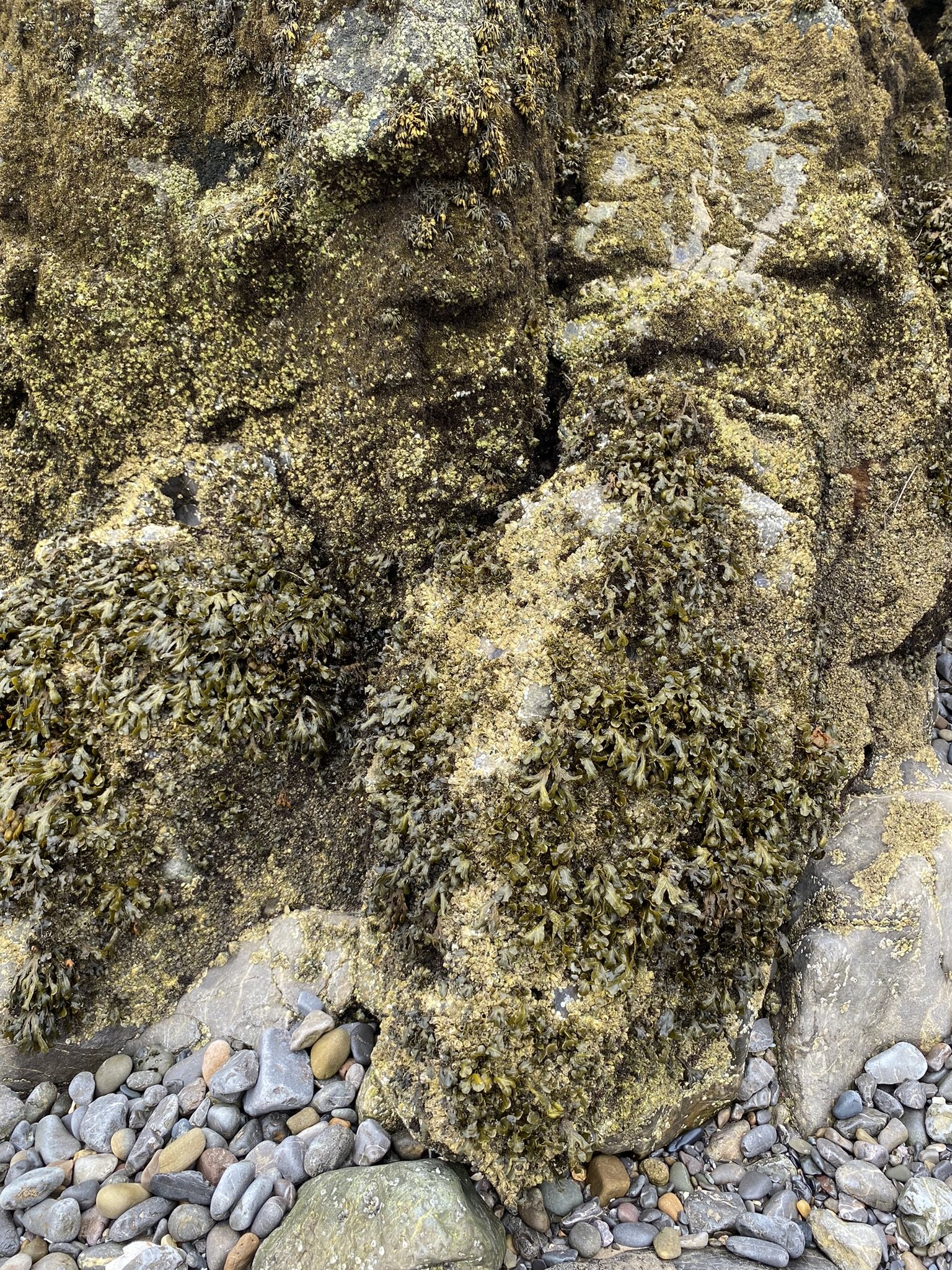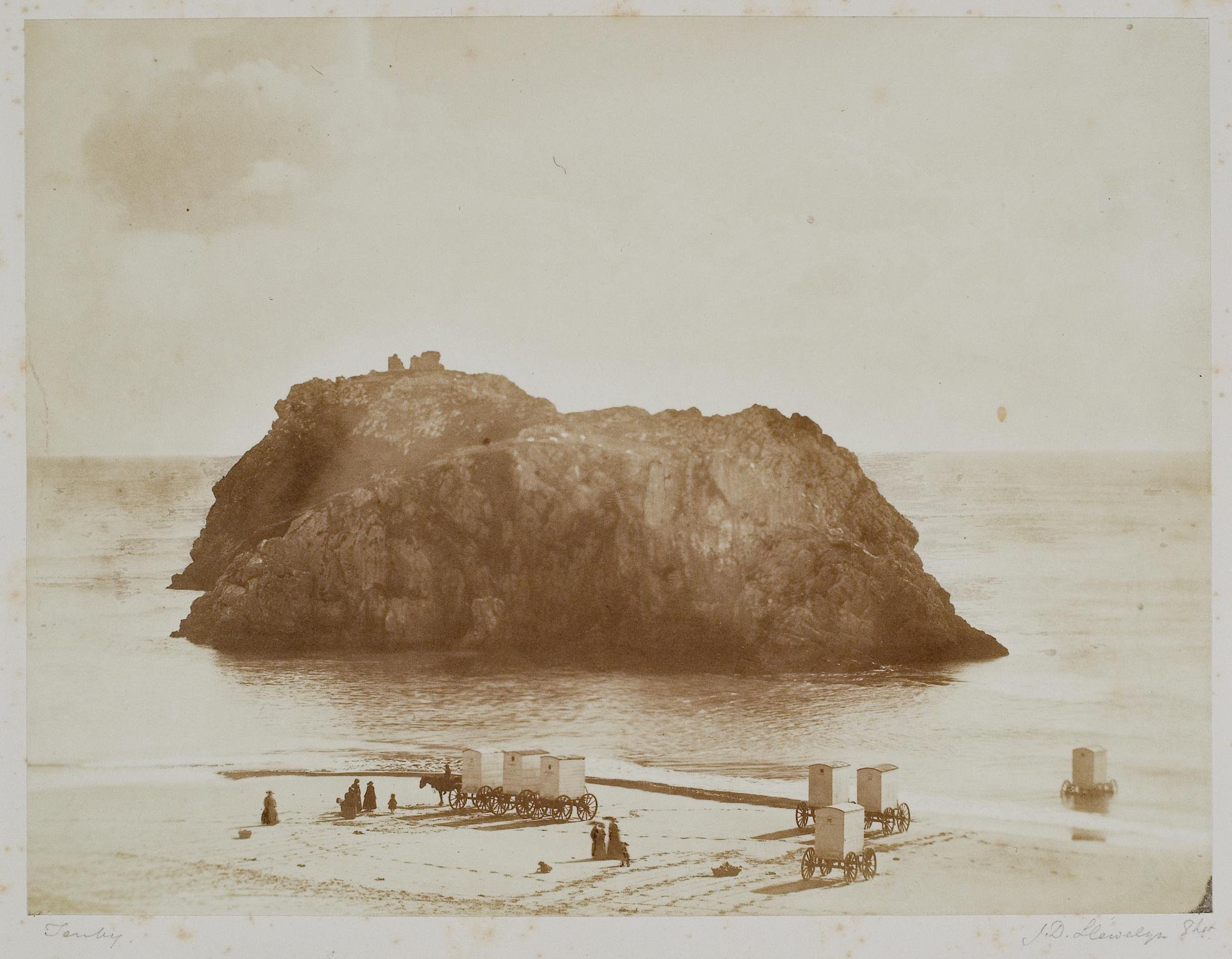RESIDENCY PACK
The Sea Washes Away all the Ills of Men
Dear artist in residence,
Thank you for joining us for Patience Gallery’s first ever online artist residency, run by Natasha Toms and Georgia Watkins. Due to the virtual nature of the project, it will not run as a standard, in-person residency would. The purpose of the residency is to encourage new work for you as an artist, inspired by a particular site, which will then reach others through online and physical exhibitions.
The residency will run as follows:
5th January - 15th March
The residency will be carried out during this time. This period can be used to explore the residency pack and carry out further research of your own.
You will also be able to use this time to create a piece of work for the concluding exhibition or establish connections with existing work that could be showcased. Please see the artwork specifications page for more information on restrictions.
You will also have the option to discuss your work with Georgia and Natasha, as a way of exchanging ideas and developing work further. This will be arranged individually.
15th - 22nd March
All artworks to be delivered or collected ready to be sent to the exhibition site.
29th March - 1st April
Group exhibition of artworks held at St Catherine’s Island, Tenby, Wales.
16th April
Online exhibition of artworks launched. This will include artworks that cannot be shown as part of the physical exhibition.
Below you will find the residency pack. This is a curated document, created for you to explore the site of St Catherine’s Island and Fort in a virtual way. It contains images, written information and resources for you to carry out further research. It also provides useful information about the exhibition.
The document is focused on the two themes of the residency, of which you are invited to respond to: Collections, art history and ostentatious displays, and Nature, landscape, decay and ruin. Within these sections, you will find a selection of images included to give you a visual understanding of the space. These can also be accessed via the shared drive so that the images can be viewed in greater detail, as well as downloaded for use in artworks etc. (Please click on the theme titles to access these)
Please note: the images used are a combination of primary images taken by Natasha and Georgia, as well as archival imagery found from a variety of sources. Such images may be subject to copyright - the sources will be referenced, however we encourage you to be mindful of this if using them in your artwork.
Please explore this pack and use it in the best way for your practice. We hope you find it useful and that you can take inspiration to develop your work on this residency.
History
St Catherine's Island has lived many lives. Also known as St Catherine’s Rock or Tenby Castle, the island has had many owners from the crown to the military, its identity changing each time along with its use. Originally, the island was the place of a religious site of a mediaeval chapel of St Catherine, and hermit cells. Over time, these fell to ruin.
The island is named after St Catherine of Alexandria, a patron saint of scholars and those that work with wheels, lending itself to the rich history of the domestic textiles and spinning industry within Wales.
Sourced from the collection of the Royal Commision on the Ancient and Historical Monuments
Collections
In its later history, after the Fort was built in 1870 – although primarily built as a military fort during the Napoleonic war, the fort became a summer residence for the Windsor-Richards family.
Inherited by Lillian Windsor-Richards who subsequently auctioned off the contents of the fort and who was later criticised for her extravagant lifestyle under bankruptcy, it revealed the extent of the collection of art and antiquities that were held at the fort.
Sourced from Tenby Museum & Art Gallery
Sourced from the collection of https://www.britishnewspaperarchive.co.uk/
Sourced from Tenby Museum & Art Gallery
Sourced from the collection of the Royal Commision on the Ancient and Historical Monuments
Sourced from the collection of https://www.britishnewspaperarchive.co.uk/
Prospective purchasers made their way over by a taxi-boat service, for the opportunity to purchase objet d’art and paintings by big names, old master artists including Reni, da Vinci, Gainsborough, and Romney.
Sourced from the Collection of Tenby Museum and Art Gallery
On inspection of the images included in the sales catalogue, it is clear that titles and artists are misattributed. The concluding purchases are also untraceable, and all that is archived is the catalogue itself.
Sourced from the collection of the National Library of Wales
Sourced from the collection of the National Library of Wales
At this point, the fort was compulsory purchased during WWII, and after this the fort was purchased by a solicitor.
Ostentatious Displays
The fort is sold again, and during the 1970’s is leased to a family who used the site to run a zoo. Locals recollect monkeys ransacking the beach, and animals kept in cages upon the roof at the fort during this time.
Both images sourced from the Collection of Tenby Museum and Art Gallery
From the 1980’s the fort closed, remaining abandoned for some 40 years before its reopening.
In the now, St Catherine’s Island and Fort is a significant part of its local history, and the remnants of its many lives is almost a palimpsest with glimpses of its own timelines still visible, flaking through layer by layer. The balance between nature and human history is prevalent and well preserved within its current state.
The residency took place during an exciting time, being able to combine into a perfect slice of all of the above before subsequent restoration and expansion takes place. As such, here we refer back to the title of the exhibition: The Sea Washes Away All the Ills of Men.
Nature, Landscape, Decay & Ruin
The overarching motif of nature, landscape, decay & ruin resonates profoundly within the very essence of the island. In this section, you will explore beautiful areas of the island and fort that demonstrate the natural, scientific processes that occur on both the island and the fort.
Landscape
The theme of landscape is incredibly important. The island itself is a prevelant part of the Tenby landscape and its part time accessibility makes it an intriguing and novelty attraction to visitors.
Rising to a height of 25 metres, it is formed from an outcrop of limestone, interrupted by tidal caves and only accessible during the ebb of the tides. The visually interesting surface of the rock could be a valuable starting point for artists, inviting questions of scientific processes and natural history.
These earthy, natural features have travelled inside the fort too, tangling the natural with the manmade. There are many areas in which the island’s reclamation is visible inside the walls, provoking ideas of a time; a future in which nature overcomes.
Nature
In the realm of nature, The Island presents a resplendent spectacle, offering a sanctuary for unique flora, a nesting abode for the Chough family, a local Peregrine Falcon family, and even the presence of an elusive Island Fox. Notably, two seagulls named Meep and Henry are regular visitors, and have formed charming friendships with the staff.
Decay
The theme of nature is still resonant inside the walls of the fort itself. The inexorable passage of time has cast its shadow upon the fort, one curious manifestation being the erosion of its walls and ceilings. Having been empty for a span of 40 years, the fort finds itself in a poignant state of reconciliation with the encroaching landscape, causing the paint from the walls and ceilings to peel, revealing the layers of the building’s history. This metamorphosis is much like the compression of rock, gradually layered over time.
Moreover, there exist rooms and objects that appear in need of restoration, yet remain untouched, as if they haven’t moved in years. Within the realm of artistic contemplation, they beckon reflections upon the mutual decay of both the physical structure and the cultural narratives it has harboured. A poignant sense of minimal intervention is evident in the fort, where some relics remain unaltered, left to the whims of nature's reclamation.
Ruin
The theme of ruin can be seen all over the fort. Firstly, the walls are peeling, creating a beautiful tapestry of history beneath, including the plasterer’s ‘squiggles’. There are many original elements of the fort still intact, such as sinks, baths and fireplaces. All of these offer an insight of the forts past amongst the decaying foundations.
There are moments of ‘modern ruin’ - scenes of the wreckage of the most recent abandonment of the fort; including discarded wood, likely involved in the start of a renovation.
It is also important to note the chapel that once existed upon the island, its ruins were removed during the site’s excavation for the building of the fort. Also discovered was an Egyptian effigy, human bones and Roman coins.
Archival Imagery
Sourced from coflein.gov.uk/
Sourced from the collection of the Royal Commision on the Ancient and Historical Monuments
Sourced from: National Museum of Wales
Sourced from: National Museum of Wales
Sourced from the Collection of Tenby Museum and Art Gallery
Exhibition
This residency will conclude in an exhibition of artist’s work, showcased in the fort itself and will explore the themes within the context of the site. We invite you to make work in response to these themes, or as an extension of your practice.
Due to the restrictions of the fort, including hanging possibilities and delivery up a tight, steep staircase to the top of the island, work will need to no bigger than 1m x 1m and able to be carried by a maximum of 2 people.
Below you will find images of the room in the fort where the exhibition will be held. There is wall space, tables and floor space in which artwork can be displayed.




















































